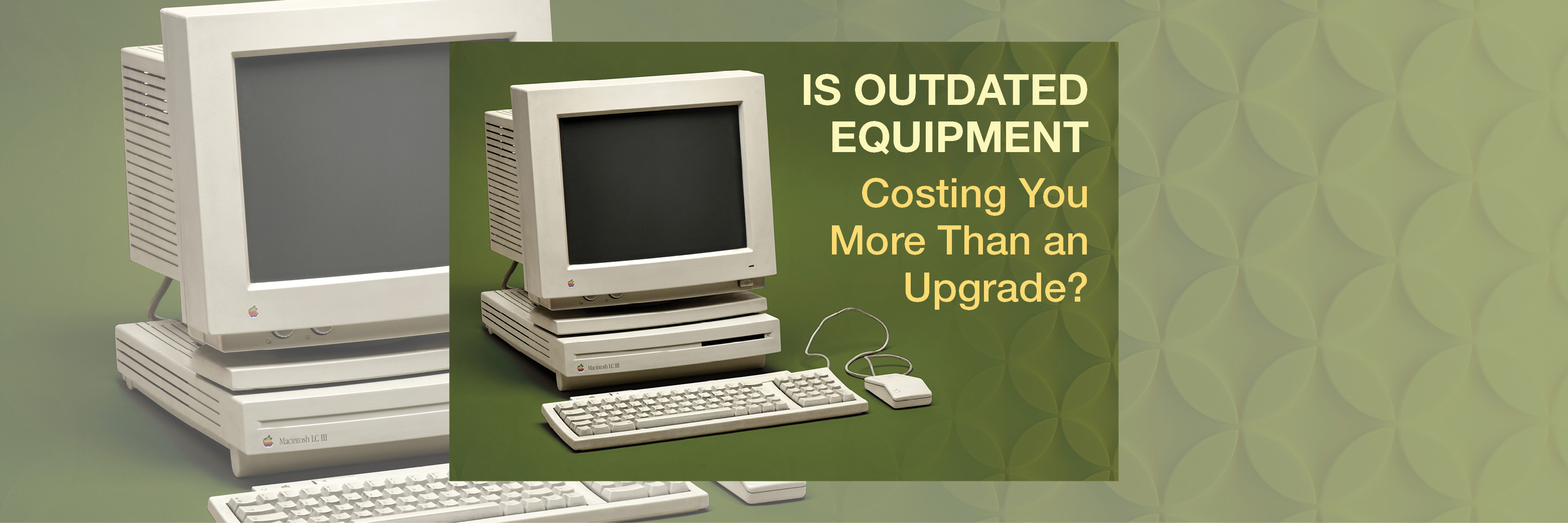

It is important to understand how the equipment we put into the field drives profitability, both within an MSP and for clients. In terms of clients, it is relatively simple. If we place the right equipment in the field, our clients will have less downtime and be able to focus on engaging in productive activities. In most cases, the savings from reduced downtime more than offsets the cost of the upgrades. In determining the benefits to the MSP it’s more layered. That said, the reduced amount of reactive work drives the benefits to both the MSP and the client.
For the MSP, selling the equipment and installing it into client environments creates project margins. This would be in addition to the margin earned on managed services, but that is just the start of the financial benefit. Since the transition away from being a seller of hours, service revenue is generally based on machines or users (or both), not time. Of course, that exposes the MSP to risk as the hours and related costs of those hours are variable. If it has been a while since there has been a full system refresh, there is an increasing likelihood of issues arising from conflicts from new systems layered on top of legacy equipment. This is in addition to any problems that arise from wear and tear. It is rare that an MSP can charge more for managing older equipment, but that MSP will likely bear more cost for doing so.
A few years ago, MSPCFO did a study in conjunction with GreatAmerica Financial Services. We reviewed how a system refresh impacted the hours per endpoint. We looked at the client a few months before the project as compared to a few months after completion. We found that the managed service hours per endpoint declined by about 40%. Think about the impact of such a change on an MSP:
- Agreement Profitability: A big increase in agreement profitability. Given that labor costs generally represent 30-40% of the cost of an agreement, this could be an increase of 10 points in the gross profit of the agreement.
- Capacity Increase: A big increase in capacity. You can now successfully service your managed service clients with fewer hours. Simply put, you can service more clients with the same team.
- Client Profitability Increase: An increase in profitability for your clients. By proactively offering them an opportunity to spend more time focusing on their business and less on their tech, you are helping them make more money.
- One-Time Gains: And of course, the one-time gains from selling the upgrade.
What should you do? Review your portfolio of clients for:
- Clients with older equipment. A substantial number of expiring warranties are a good indicator that it’s time to revisit the whole architecture of the client.
- Clients with outsized time per endpoint may need you to review their setup to make sure their technology is aligned with their needs, regardless of age. If you can identify reactive vs. proactive time, this would be even more salient in discussing with the client the benefit of getting new equipment.
To be clear, the answer to every problem is not to replace all equipment, but it is often the answer to improving both your clients and your bottom line.
To find out how MSPCFO can identify whether it’s a utilization or equipment issue (among other actionable intelligence from your PSA data), please visit https://www.mspcfo.com/ to schedule a demo.
Larry Cobrin
Larry co-founded MSPCFO and remains the CEO. Hundreds of companies rely on MSPCFO for actionable information readily available showing what is and is not working in their businesses. He has spent countless hours reviewing and auditing PSA data to ensure it is driving the correct insights. Larry strongly believes bad data is worse than no data, as bad data will give you the confidence to boldly make bad decisions. Prior to founding MSPCFO, Larry’s experiences included private equity investing, management consulting, compensation consulting, investment banking, and product management at a large bank. Larry lives in Connecticut with his wife and three daughters. When he is not working, can be found hiking with his dog, mumbling on the sideline at his kids' sporting events, or waiting for his bread to rise (not a metaphor).
